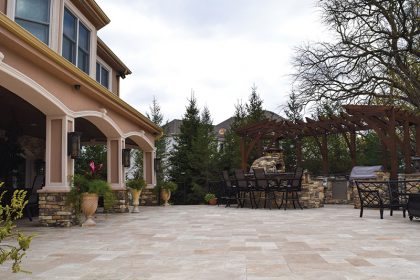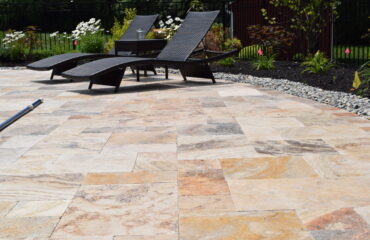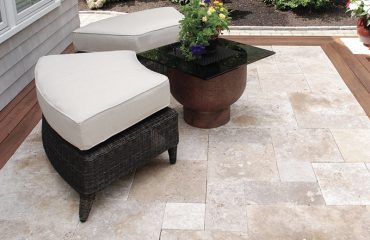
Marble
Marble consists chiefly of calcite or dolomite, or a combination of these carbonate minerals. Marbles are basically metamorphosed limestone. It has similar characteristics to limestone and is typically used on the same applications. However, marbles are almost always more aesthetically valuable and available in much wider ranges of colors.
Marble has long been highly valued for its beauty, strength, and resistance to fire and erosion. It is a rock widely used in buildings, monuments, and sculptures. Large blocks of colored marble are used for columns, floors, and other parts of buildings. It is suitable for wall-cladding, roofing, flooring and all other interior and exterior applications.
Granite
Granite contains three main minerals – quartz, alkali feldspar, and plagioclase feldspar. These minerals make granite white, pink, or light grey. Granite also contains small amounts of dark brown, dark-green, or black minerals, such as hornblende and biotite mica.
Granite is one of the oldest, most durable and most respected of building materials. It is typically the hardest of the dimensional stones and withstands the elements very well. It is best for kitchen countertops because it is scratch, stain and heat resistant. It is also suitable for flooring or paving, wall cladding and all other types of countertops. Granite is suitable for either exterior or interior applications.
Travertine
Travertine is limestone that has been formed over a long period of time. The product is porous with many visible holes. It is available in colors ranging from ivory to golden brown. The holes and cavities may be filled with matching Portland cement, colored epoxy, or polyester resins or left unfilled for a more rustic appearance.
It is normally used for flooring, wall cladding, vanity tops, fireplace surrounds and furniture.


